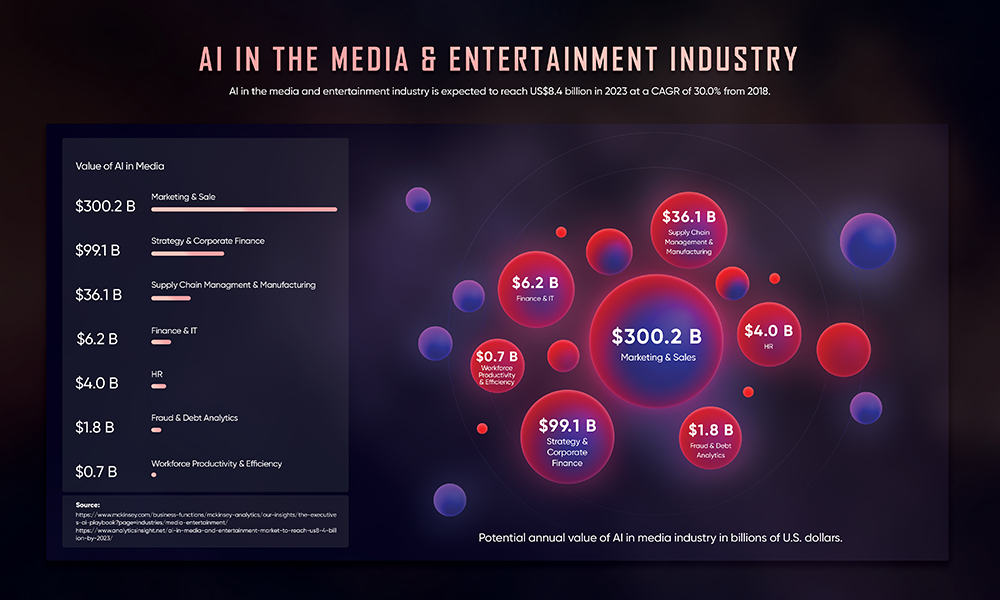
Image Courtesy of Brian Schettler
He has been recognized by Global Corporate Venturing Institute for creating and leading a Top 30 corporate venture capital unit out of the 2200+ that they track globally. Mr.Schettler has over two decades of experience in aerospace, technology, and defense companies and has led numerous investment transactions in his career to include venture, M&A, and divestiture. He currently is an active Board participant in six companies to include one publicly listed on the NYSE. Prior roles include leading global companies in strategy and corporate development. Mr. Schettler spent a year as the acting Vice President of Corporate Strategy for Boeing while also leading the HorizonX team. He spent three years as vice president of corporate strategy at Cobham plc, a global technology company headquartered in the United Kingdom. He spent another two years at ATK and was responsible for corporate strategy and portfolio development. He also was a senior strategist for Boeing Military Aircraft and Phantom Works, where he led mergers and acquisitions, business strategy, and partnership development in Silicon Valley and beyond. Finally, Mr. Schettler led strategy and program operations for the Space Systems Division of Northrop Grumman, managing their technology portfolio and investments. Mr. Schettler holds a BS in electrical engineering from Northwestern University and an MBA from the University of Maryland. He has completed executive education courses at Northwestern’s Kellogg School of Management and has engineering and technical certifications from the Swiss Federal Institute of Technology.
“Regulatory bodies have a huge opportunity to influence tech adoption by signaling areas that are most interesting to them, and areas worthy of industry engagement.”
COGNITIVE TIMES: At Boeing you were at the forefront of new technology investments in aviation, and now you are looking at the industrial space at large. What key investment themes do you think will shape the next decade?
BRIAN SCHETTLER: AEI HorizonX invests in exceptional founders building businesses transforming the transportation of people, goods, data and ideas. We believe the key to the next decade resides in efficient, sustainable, and secure movement through air, space, web and across the manufacturing floor. We remain at the forefront of aviation tech, and continue to build relationships between our startup companies and the Boeing Company. In our new structure, AEI HorizonX Ventures has direct access to both The Boeing Company and AE Industrial Partners, providing a unique advantage to entrepreneurs creating businesses in aviation, security, and industrial applications.
The other key consideration should be identifying areas that are adjacent to the core business so that the core services can act as a launchpad towards growth into these newer areas. This is important so that the R&D efforts are not siloed but can be infused and scaled via the core, at the same time reimagining newer offerings and business models.
Finally, the technology strategy needs to be supported by a good business ecosystem including partners and complemented by the right organizational structures for execution.

CT: Traditionally, industrial companies are thought to be slower adopters and slower movers. What role does regulation play in this? How can the US reconfigure regulation to allow industrial companies to move faster?
BS: It’s extremely important for industrial leaders to create environments within their companies that allow for rapid testing and evaluation of new tech. This not only allows engineers to build early knowledge and infrastructure for future adoption, but also creates excitement that they are building the future of an industry. Particularly within aviation, regulatory acceptance can be a lengthy process and largely a major unknown. Regulatory bodies have a huge opportunity to influence tech adoption by signaling areas that are most interesting to them, and areas worthy of industry engagement. There are ways regulatory bodies could support industrial companies to move faster. For example, regulatory bodies could improve communication of future regulation intent and estimated timeline, so that industry and entrepreneurs can prepare and build towards upcoming regulatory standards. Then, once timelines are established, it would be important to stick to those timelines. When timelines are delayed, businesses (namely startups with limited balance sheets) relying on those regulations can go out of business, halting innovation and harming technological advancement. Additionally, regulators could find avenues to incentivize industry incumbents to support the development of new regulations. Industry is often slow-moving because of entrenched bureaucracy and budgetary restrictions. Incentives, in the form of money or support, for industrial companies may encourage speed to innovate and even participate in regulation formation.
CT: While at Boeing HorizonX, what are some of the bets you made that you will double down on going forward at AE Industrial Partners?
BS: AEI HorizonX remains invested in the future of mobility and transportation. We are active across our core investment areas, which include: the future of mobility, space and connectivity, advanced industrial operations, and digital tools. We have a new dedicated focus on sustainable operations and global decarbonization of the aviation industry. While at Boeing, we made bets within electric aviation and artificial intelligence tech with investments in Electric Power Systems, an aviation energy provider and battery manufacturer, and SparkCognition, a leader in artificial intelligence and analytics for industrial and defense applications. Areas like these continue to push our markets and partners forward.
CT: Great teams are built around great leaders. It’s the key to any business. It doesn’t matter how great the product or technology is, if you don’t have leaders who can work together and execute on their responsibilities, the business will fail. This may not be true across industry, but in younger businesses, I’ve often seen the best entrepreneurs as those who have enough experience in their market to know the problems and the players, but not enough experience to be discouraged. At large though, winning teams must have mutual respect and trust in one another – they inspire each other and rally around their solution set. Winning teams are FUN.
“It’s extremely important for industrial leaders to create environments within their companies that allow for rapid testing and evaluation of new tech.”
CT: What advice would you give to aspiring entrepreneurs looking to build technology businesses in the industrial space?
BS: Finding the right champion customer is key. This may sound like age-old advice, but its particularly important in the industrial markets. First, identify the aligned business unit within your customer’s corporation. Large industrial companies have intricate hierarchies and business units, each responsible for executing a diverse set of strategies. There are R&D groups, production implementation groups, and cross-functional enterprise units. It’s important to identify which is the best for your product given its current stage. Second, determine if that specific business unit has a budget and what their budget timelines look like. Often times R&D groups have more accessible budgets in the near term, but production teams have the ability to implement new tech into larger scale applications. Third, understand that business unit’s goals and motivations and communicate your product’s value in terms that align with their motivations. Is your customer looking for cost savings or looking to solve a specific problem in their processing? Gene – rally speaking, corporations in the supply chain, manufacturing, and logistics markets are risk-averse and evaluate new technology based on value-to-cost calculations. It’s important to prepare for long sales cycles and communicate to your investors realistic time – lines. Set your expectations – most industrial companies have annual budget evaluations and long processing times (due to IT evaluations, budget sign-offs, procurement requirements, etc.). If these large corporations are your target customers, make sure you communicate with your investors and plan ahead with sufficient runway. Startups who expect to de – sign and sell a product in a week or month’s time will run out of money (and patience) quickly.

